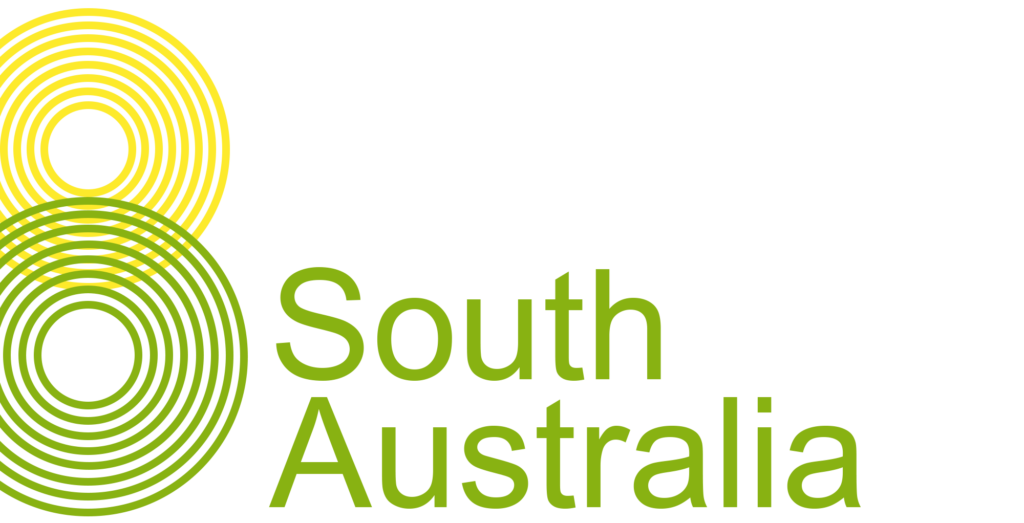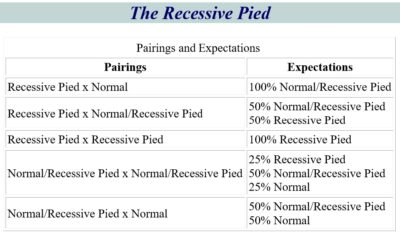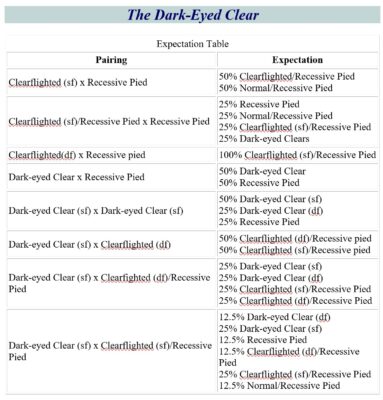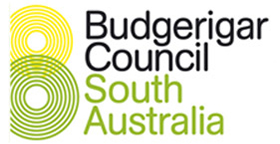
The Recessive Pied Budgerigar
Firstly, in 1933-34, Herr C. Enehjelm bred the Recessive Pied Budgerigar. However, it was not until 1948 that some of Herr Enehjelm’s birds were imported to Britain. Next, in Australia, the first person to recognize the mutation was Mr. Joe Wilmott of Merewether, New South Wales. In 1965, he purchased a green Recessive Pied cock from a pet shop. Eventually, Mr. Wilmott reproduced visual birds in 1967, since the variety is recessive. Later on, he bred birds to a high standard in all colors and varieties. Finally, he released the Recessive Pied to the Australian public in 1972.

Image Courtesy of Rod Turnbull and the ANBC
Identification
A Recessive Pied budgerigar is a type of budgie with a genetic mutation that affects its feather coloration. Unlike the dominant pied budgerigar, which has a solid body color with patches or bands of a different color, the recessive pied budgerigar has a predominantly white or light-colored body with patches of color on its wings and head. The bird can exhibit almost any color, and the patches of color it displays are irregularly shaped and may appear as yellow, green, blue, or other colors.
Recessive pied budgerigars are called “recessive” because the mutation is carried on a recessive gene. On this occasion, both parents must carry the gene for their offspring to express the trait. If only one parent carries the gene, the offspring will not show the recessive pied coloration but will be carriers of the gene. Recessive pied budgerigars are popular among breeders because of their unique and attractive coloration, but they can be difficult to breed since both parents must carry the gene for their offspring to express the trait.
The Exhibition Standard
The exhibition Recessive Pied budgerigar has distinctive characteristics that set it apart from other breeds. Firstly, it has irregular patches of ground color. Additionally, the general body color is mainly present on the lower chest, rump, and underparts, and it is solid and uniform throughout. The face and forehead ground color also have unique features, with clean, buttercup yellow for green series and white for blue series. The markings on the cheeks, back of head, and neck are black and have a well-defined buttercup yellow or white ground. The wings have black undulations and/or black dots, which are random in pattern and distribution and cover 10% to 20% of the total wing area.
The mask is deep and wide and not cleft. Furthermore, the appropriate ground color extends beyond two large cheek patches and ornaments the mask. Six large symmetrical and clearly defined throat spots feature on the mask. These six throat spots are optimal on this variety. The base of violet/silvery white or grey partially covers the outer spots. It features buttercup yellow or white tail feathers. Normal tail feathers may be present. The Recessive pied has a dark eye without a white iris ring. The feet are pink. The cock has a flesh coloured cere whilst the hen has a brown cere.
Note that non pied areas must conform in colour and markings to the corresponding variety the bird represents. The Recessive Pied group includes Yellow Faced Blue series, Greywing, Cinnamonwing, Opaline, Fallow and Spangle combinations of Recessive Pied. The Standard for these birds is as for the Recessive Pied, with a modification for the requirements of the variety and colour that it is combined with.

Pairing Outcomes

Click here for pairings expectation in full.
Note that dark-eyed clears can produce recessive pieds. They show a table of their expectations below:

Click here for full table
To view some pictures of award winning recessive pieds from Australia, check out Class 25 at the Australian National Budgerigar Championships.

